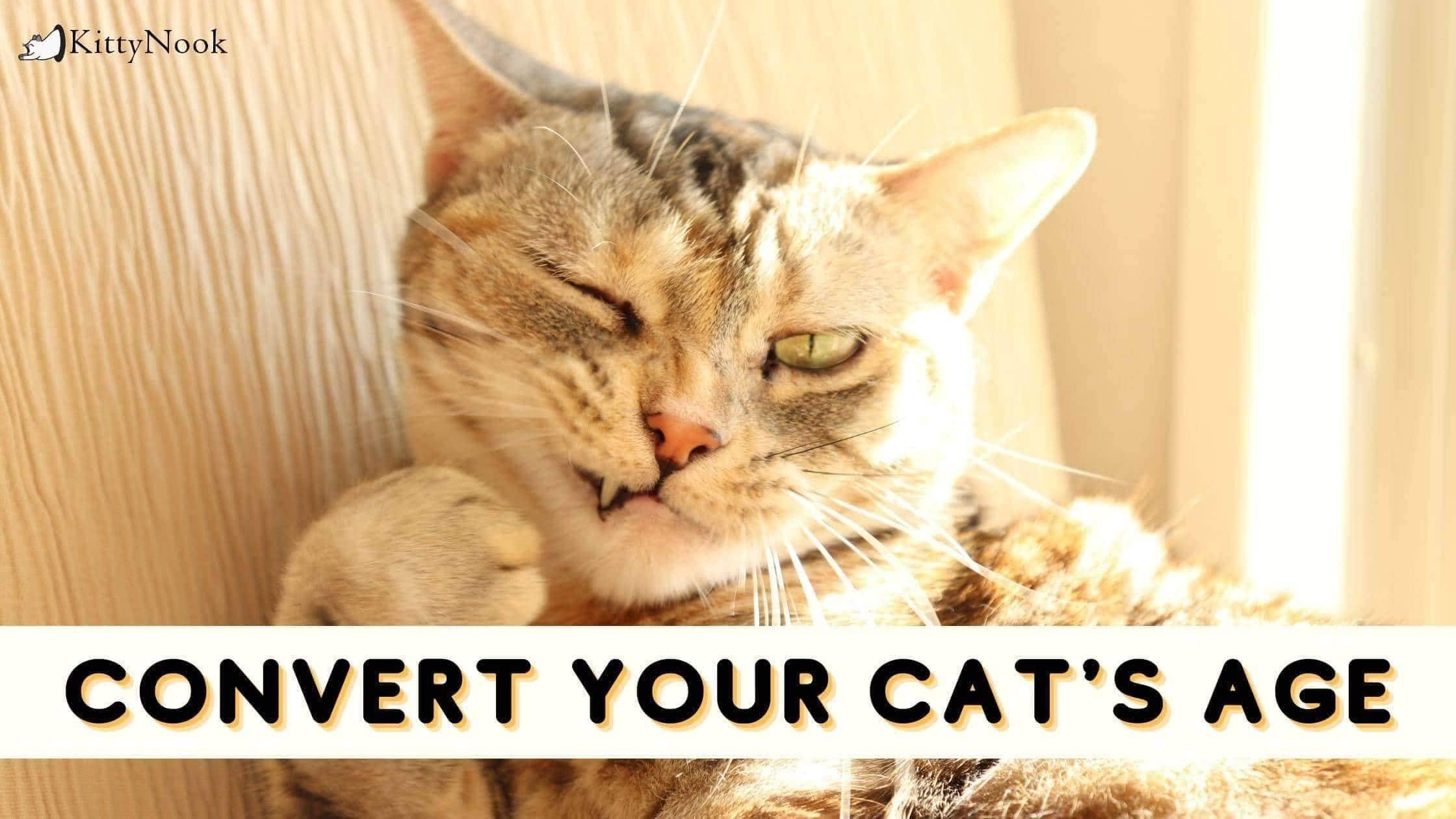When we have a cat, we take care of them into their adult and senior years. Gradually, we learn how to deal with our furry babies. We develop an understanding of the ins and outs of spaying and neutering, bathing, injections, weight management, and food choices. We learn through experience their development stages, requiring us to look after them in new means.
However, we can recognize our cats' needs more easily if we have a general concept of what their age is in human years.
How to Convert Your Cat's Age to Human Years?
To some degree, development varies from cat to cat. Some purebred cats mature much slower than others and don't reach full development for three or four years. Like in humans, how quick a cat will show aging will vary depending on genes, diet regimen, exercise, vet care, etc. The better you provide for cats.
As a general rule, the average age of a cat when converted to human years are as follows:
-
First, know that your cat's first human year is equivalent to 15 cat years.
-
Next, add nine years for the second year. As an example, a 2-year-old feline will be about 24 human years.
-
Then, include four human years for every succeeding year of your pet cat's life.
When computing the age of your feline in human years, it is essential to acknowledge that different factors might impact your cat's relative age to that of a human. Some of these factors are heredity, diet plan, and treatment. While you cannot always have a say over genetics, you have options for controlling other factors that impact your cat's aging process.
Indicators of Age

Establishing your cat's age typically isn't a problem if you had your cat since birth. Nevertheless, if you had a rescue cat or a stray, you might be uncertain. The initial thing you can do is check out the teeth. If, for example, if you see the discoloration from tartar, your feline may be an adult or elderly cat.
You can also seek additional indicators of sex-related maturation. If a male pet cat is spraying urine or showing their testicles, it's likely around five months of age and experiencing the age of puberty. Female cats around this age will go in heat.
How Much Time Can Your Cat Live For?
Up until six months old, your pet is considered a kitten. Then, it goes from kitten to junior until they're two years old. Your cat enters its prime years of development around 3 to 6 years. After this, they will go into the mature stage of life. This is from 7 to 10 years old. When your pet cat ultimately reaches its elderly age, from 11 to 14 years old, their needs start to alter more significantly. Your cat will enter their senior phase at 15 years and older.
Your pet cat can live for a long time, depending on the quality of life they have. Consider if your cat is an interior or outdoor feline, for instance. On average, community cats live for about 4 to 5 years. Indoor cats live for about 13 to 17 years. It's also not uncommon for an indoor cat to live as long as two decades. If your cat is overweight, they will most likely live between 12 and 15 years of age.
What is the life expectancy of my cat?
The correct answer is that it depends, but interior pet cats generally live longer than outside pet cats. Typically, internal cats live 16 to 18 years, and some even get to the venerable age of 20.
Life span in pet cats also differs depending on the type, as some pet cat breeds will naturally live longer than others. For example, Siamese and Manx types are claimed to live the lengthiest, so they can get to a ripe age in human years!
Did you know that according to some resources, the globe's oldest cat lived to be 34? That's 153 in pet cat years! Learn more exciting pet cat facts right here.
Pet cats' life span has risen substantially in the last few decades. Although it's never sufficient, we're investing more and more time along with our feline friends, and that can only be an excellent point.





















